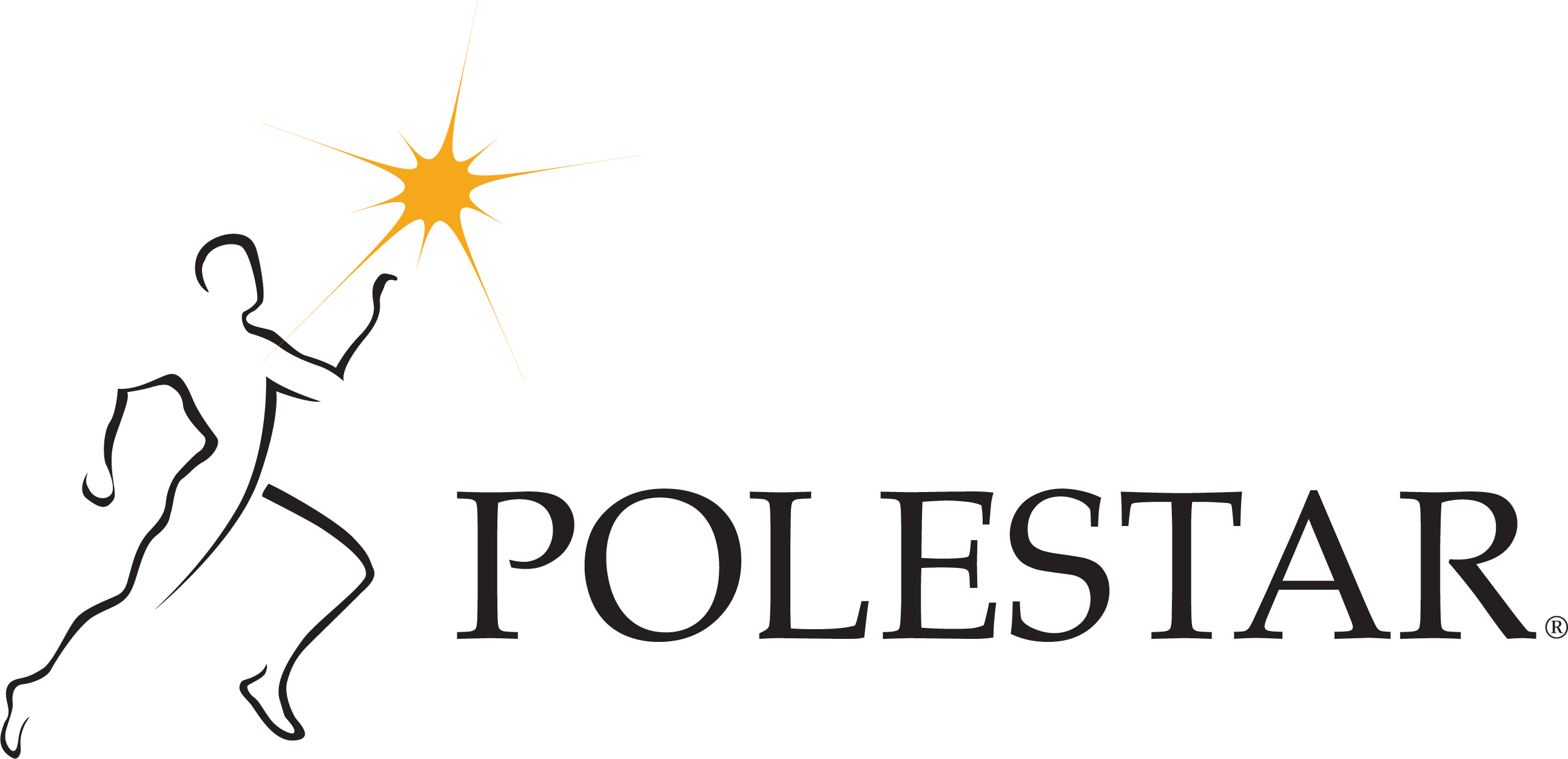
Pilates is celebrated for its ability to sculpt and strengthen the body. Core strength, improved posture, and ability to lengthen and tone muscles are just some of the effects that come from a regular Pilates practice. In this article, you will discover four lesser-known, surprising benefits of Pilates.
A deeper understanding of the multifaceted benefits of Pilates can enhance your Pilates experience and further benefit your practice and teaching. When you understand Pilates’ potential to influence the body in these ways, you can also use it more effectively for rehabilitation, mental, and physical health.
1. Pilates for a Healthy Mind
Pilates requires you to focus intensely on your breath and the movement of your body. It’s no surprise then, that fans of the method promote Pilates as an excellent way to achieve greater body awareness and mind-body connection. These effects are not merely anecdotal. There is scientific evidence to back up the zen-like state achieved through mindful movement. A recent government study revealed a link between mindfulness and Pilates, and how the Pilates method can improve the psychological well-being of its practitioners. The PMA website says: “Concentrated and focused breathing initiates the relaxation response and reintegrates the nervous system for receptivity.”
Chemically, Pilates also appears to act on the brain and body by shifting it into a homeostatic state, as well as stimulating the brain’s frontal lobe, the area responsible for memory and creativity.
2. Pilates for a Pain-Free Existence
While the positive effects of Pilates on brain function and mood are important, repertoire exercises also have the potential to “move the mind.” This in turn can have a significant impact on the way the body functions. As teachers, understanding this can be particularly useful, especially with regards to client rehabilitation. Dr. Brent Anderson, physical therapist and CEO of Polestar Pilates, explains that physical pain can be a manifestation of emotional trauma. Pilates, through emphasis on mind and body integration, can reveal the emotional rather than structural issues responsible for physical pain. According to Dr. Anderson, “perception influences motivation in movement.” So your feelings about your body and your capacity for movement can have a significant impact on physical pain. In his experience, exercises that incorporate the whole body create an “almost meditative state for the patient, enhancing body awareness and exploring new movement opportunities without pain.” Using Pilates equipment to challenge the body can radically shift perception of limitations and prevent one from bracing in anticipation of discomfort. This ultimately helps reduce pain during everyday activities.
3. Immune Booster and Detoxifier
While most people might associate the key benefits of Pilates with defined abdominals, a brief look at the origins reveals far-reaching potential to heal various systems within the body. Joseph Pilates refined his exercise system while he interned on the Isle of Wight in World War I and used it keep the prisoners fit. Conditions in the camp were poor, yet when influenza struck England the campmates were unaffected.While Joseph’s assertions that this was due to his training regime may be an urban myth, the potential of Pilates to support and improve immunity through its effects on the lymphatic system now have some scientific evidence. According to lymphatic system specialist Katharina Hesse, Pilates movement helps drain the lymphatic system and detoxify the body by mobilizing joints where lymph nodes are located and by stimulating the area around the navel, another site for lymph nodes. Pilates can also have a positive influence on the digestive system because of its massaging effect on the organs and the unique way it moves the body in all different planes. Exercises like single leg stretch on the mat or stomach massage on the Reformer are great examples of how Pilates can aid the digestive system and encourage detoxification.
4. The Benefits of Pilates for a Long, Strong Life

We all know about the weight-bearing benefits of Pilates, but did you know that challenging the body in this way is essential for skeletal health? Osteoporosis, the degeneration of bone density that can occur as we age, is a major health concern in the older population. This is particularly significant given the fact that over-65 is the fastest-growing age group in the country. Age UK predicts that nearly one in four people in the UK will be 65 or over by 2040. Rebekah Rotstein, a Pilates for osteoporosis specialist, explains why these exercises are so important for strong bones: “Bone is dynamic tissue, like muscle, that strengthens in response to forces it has to resist. Gravity is one such force, and working against gravity is what we refer to when speaking of “weight-bearing exercise.”
The Controlled nature of Pilates movements and the ease with which tension can be modified makes Pilates ideal for older people to weight-bear safely and effectively.
Balanced Body Inc’s. Ken Endelman explains how Pilates teaches control and stability. This is “crucial for older adults as it can help them improve much of their functional movement, including balance and posture.” The focus on balance, posture and alignment can help prevent older adults from falling, which is the main cause of fractures. Yet this emphasis on creating a strong, stable skeleton through movement should not only apply to the elderly. Rotstein, who herself was diagnosed with osteoporosis at the age of 28, champions Pilates as excellent for younger people, particularly as an accompaniment to exercise programs such as weight-training. The emphasis on correct alignment means that when performing movements under load, the forces are distributed evenly through the pelvis and spine. This makes Pilates a safe and effective way to boost bone health. Experts like Rotstein maintain that if you do this, you will reap the rewards for years to come.
If you found these benefits of Pilates insightful, please share with your social network or Pilates peers!
Blog Written by Moss Pilates London @Polestarpilatesuk
Like the Blog? Subscribe to Polestar Life Weekly and be the first in the know! subscribe.polestarpilates.com




